Yes, charging your phone in the car can contribute to draining the battery under certain conditions, such as with an older or weakened battery or during extended charging periods with the engine off, but the overall impact is generally minimal.
In an age where smartphones have become an indispensable part of our daily lives, the need to keep them charged while on the go has become a priority for many. Whether navigating through a busy city or embarking on a cross-country road trip, the convenience of charging our phones in the car offers a lifeline to staying connected. However, amidst the convenience lies a common concern: does charging your phone in the car drain the vehicle’s battery?
This article aims to dig into this question, examining the practice of charging your phone in the car from both a practical and scientific standpoint. We’ll explore the safety considerations, the impact on both your phone’s battery and your vehicle’s electrical system, and shed light on common misconceptions surrounding this ubiquitous practice.
Does Charging Your Phone in the Car Drain the Battery?

Charging your phone in the car can impact the vehicle’s battery, but the extent of this impact depends on several factors. Firstly, consider the condition of the car’s battery. If the battery is old, weak, or nearing the end of its lifespan, the additional load from charging your phone could contribute to draining the battery more quickly. Similarly, if there are existing issues with the car’s charging system, such as a malfunctioning alternator or voltage regulator, charging your phone may exacerbate these problems.
However, in many cases, charging your phone in the car typically does not significantly drain the battery. Modern smartphones consume relatively low amounts of power while charging, which is negligible compared to the energy output of the car’s alternator. Additionally, most vehicles are equipped with charging systems that regulate the battery’s charge level while providing power to the vehicle’s electrical components. The alternator adjusts its output based on the vehicle’s electrical load, ensuring that the battery remains adequately charged even while charging external devices.
It is therefore safe to say “Yes”, charging your phone in the car can drain the battery but the overall impact is typically minimal. For safety purposes, it’s essential to be mindful of the battery’s condition and avoid prolonged charging sessions without the engine running, especially if the vehicle’s charging system is compromised.
Understanding the Electrical Dynamics and Specifications
Understanding the electrical specifications involved can provide insight into how charging your phone in the car affects both your device and your vehicle’s battery.
Most smartphones require a 5-volt DC (direct current) power supply for charging. Car USB ports and cigarette lighter adapters typically provide this voltage. The current rating, measured in amps (A), varies depending on the charger and the device being charged. For instance, standard USB ports often provide around 0.5 to 1.0 amps, while newer fast-charging technologies can deliver higher currents, such as 2.0 to 3.0 amps or more.
The car’s electrical system typically operates at a higher voltage, around 12 volts DC when the engine is running. However, this voltage is regulated down to 5 volts DC by the car’s charging system before reaching the USB port or cigarette lighter adapter. Therefore, the voltage reaching your phone remains within the safe operating range.
In terms of current, charging your phone in the car typically draws a minimal amount of power from the vehicle’s battery. Unless your car’s battery is already in a weakened state or the charging system is faulty, the impact on the battery’s overall health and performance should be negligible.
Is the Phone Battery Safe?

Another concern is the safety of charging your phone in the car. With reports of smartphones overheating and even catching fire while charging, safety is paramount. Fortunately, modern smartphones are equipped with built-in safety features to prevent overcharging, overheating, and short circuits. Additionally, reputable car chargers are designed to meet safety standards and prevent electrical mishaps.
However, it’s crucial to use certified chargers and quality cables to minimize the risk of damage to your phone’s battery or your vehicle’s electrical system. Avoid using cheap or counterfeit chargers, as they may lack proper safety mechanisms and could potentially cause harm.
Safety Tips for Charging Your Phone in the Car
To minimize the risk of potential hazards and ensure a secure charging experience, you should put into consideration the following safety tips:
- Use only recommended chargers.
- Inspect chargers and cables regularly.
- Avoid extreme temperatures.
- Turn off unused accessories.
- Avoid charging in wet conditions.
- Monitor charging.
- Charge with the engine running.
Can You Charge Your Phone With the Engine Turned Off?
Whether you can safely charge your phone with the engine turned off is one important question many car owners ask. The answer generally depends on the design of your vehicle’s electrical system. In most cases, you can charge your phone with the engine off without significant risk of draining the car’s battery.
Most cars have an accessory socket with power even when the engine is turned off. Some cars require the key to be turned to the “on” position.
How to Know the Best Phone Charger for Cars

Choosing the best charger for your car involves several considerations to ensure optimal performance and compatibility with you. However, concerns often arise regarding the potential impact of charging on the vehicle’s battery, particularly when the engine is off.
Here’s how to identify the best charger for your needs:
- Compatibility: Ensure the charger is compatible with your device’s charging port, whether it’s USB-C, Lightning, Micro USB, or another standard. Using an incompatible charger can lead to slow charging or even damage to your device.
- Power Output: Look for chargers with sufficient power output to charge your devices quickly and efficiently. Higher output chargers can provide faster charging speeds, especially for devices that support fast charging.
- Number of Ports: Consider how many devices you need to charge simultaneously. Chargers with multiple ports allow you to charge multiple devices at once, making them convenient for families or individuals with multiple devices.
- Built-in Safety Features: Opt for chargers with built-in safety features such as overcurrent protection, overvoltage protection, and short circuit protection. These features help safeguard your devices from damage caused by power surges or other electrical issues.
- Brand Reputation: Choose chargers from reputable brands known for quality and reliability. Brands with a track record of producing durable and safe chargers are more likely to provide a positive charging experience.
- Price: Balance features and quality with your budget to find the best value for your money. While cheaper chargers may be tempting, investing in a higher quality charger can provide better long-term performance and safety.
Recommended Car Chargers You
Here are the recommended top car chargers on the market that will keep you charged and connected wherever the road takes you.
- Anker PowerDrive Speed+ Duo:
- This dual-port car charger from Anker features PowerIQ and VoltageBoost technology, delivering fast and efficient charging for your devices.
- With two USB-A ports, you can charge multiple devices simultaneously, making it perfect for road trips or carpooling with friends.
- Its sleek and compact design fits seamlessly into your car’s interior, and the built-in LED light helps you locate the ports in low-light conditions.
- Superone Fast Charger:
- The Superone offers Power Delivery technology, providing ultra-fast charging for compatible devices such as iPhones and Android smartphones.
- With its compact size and retractable plug, this charger is ideal for travel and can be easily stored in your glove compartment or travel bag.
- Equipped with built-in safeguards, including overcurrent protection and short-circuit prevention, it ensures safe and reliable charging for your devices.
- LISEN
- The LISEN car chargers are versatile car chargers that combines USB-C Power Delivery and Quick Charge 3.0 technology, allowing you to charge a wide range of devices at maximum speed.
- Its durable aluminum alloy casing and sleek design complement any car interior, while the blue LED light adds a touch of style.
- With advanced safety features like temperature control and surge protection, you can charge your devices with peace of mind.
When to Change Your Car Battery
Your car battery needs to be changed when it begins to show some signs of weakness. If your car’s engine starts slowly or if the Battery/Charging warning light is on, you might have a battery issue. Older cars may also show dim headlights, especially when idling.
However, the following signs shows that your car’s battery is weak and needs to be changed:
- Age: Car batteries typically last 3-5 years. After this period, consider replacement even if it’s still functioning.
- Performance: If you notice slow engine cranking, dimming lights, or erratic electrical behavior, it could indicate battery deterioration.
- Environmental Factors: Extreme temperatures can accelerate battery degradation. In harsh climates, consider replacement sooner.
- Maintenance: Regular inspection and maintenance can detect early signs of battery issues. Adhere to manufacturer-recommended schedules for optimal battery health.
- Risk Mitigation: Proactively replacing the battery reduces the risk of unexpected failures, breakdowns, and safety hazards, ensuring vehicle reliability and safety.
Conclusion
Charging your phone in the car is generally a safe and convenient practice, provided you use quality chargers and cables and your vehicle’s electrical system is in good condition. While it’s unlikely to significantly drain your car’s battery, it’s always a good idea to be mindful of your battery’s state of charge, especially during extended periods of idling or with the engine turned off.
Armed with this knowledge, you can confidently keep your devices powered up while on the move, ensuring that you stay connected and entertained without compromising your safety or the health of your vehicle’s battery. So next time you hit the road, feel free to plug in and charge away – your phone and your car’s battery will thank you for it.
Related Content

Is It Better to Polish or Wax Your Car? A Smart Guide to Shine & Protection
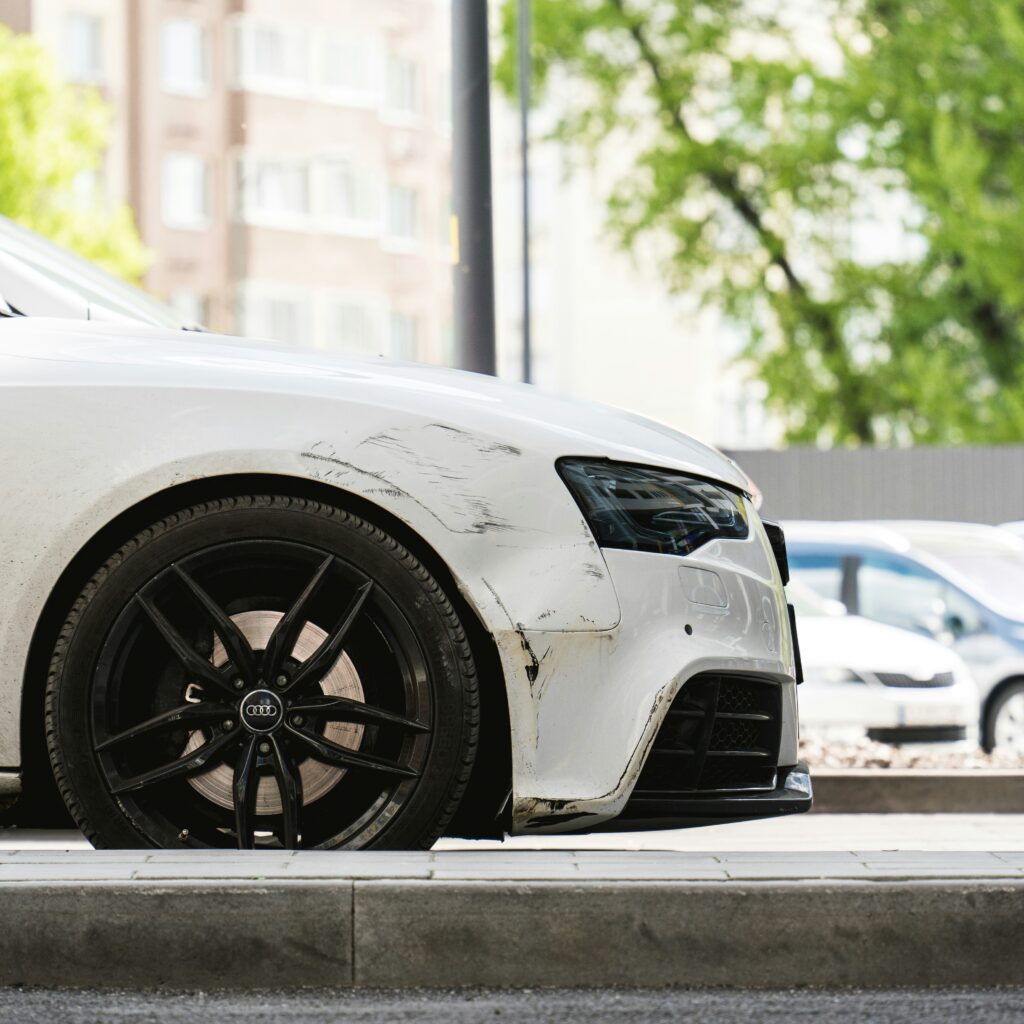
Top 10 Best Car Scratch Removers in 2026: Buyer’s Guide & Reviews
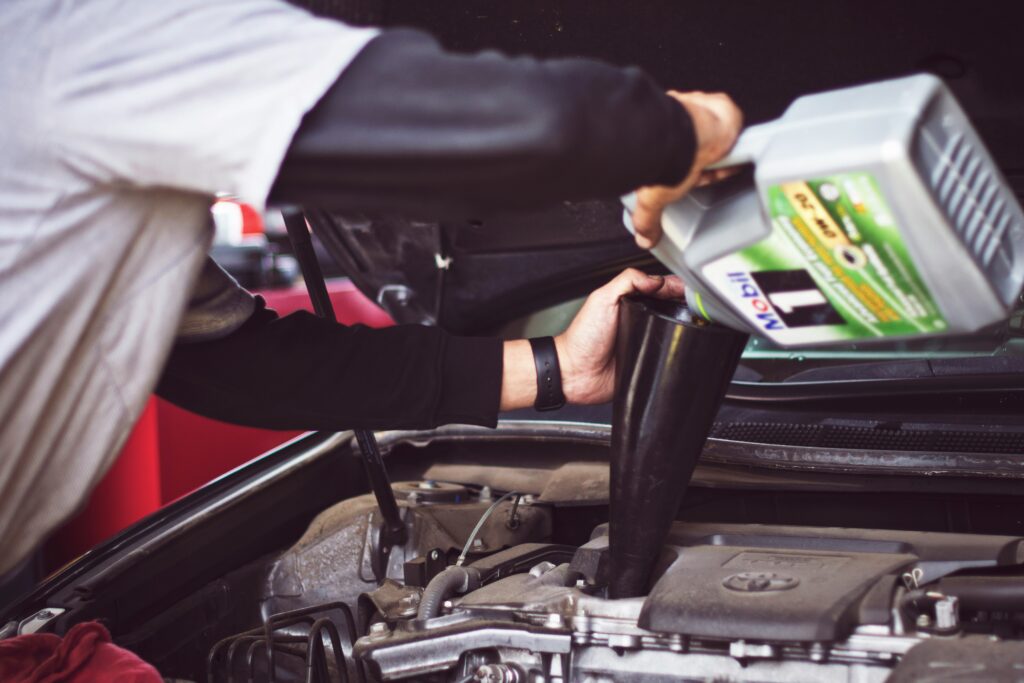



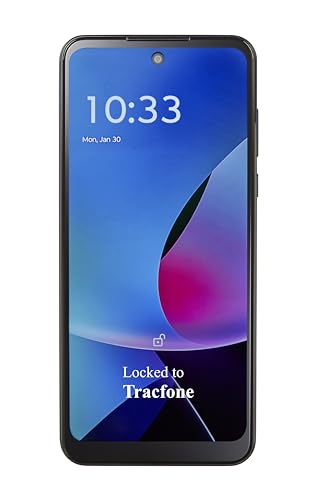









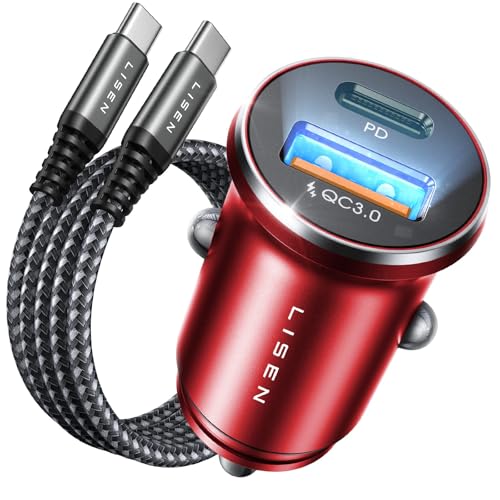
![LISEN Retractable Car Charger [69W USB C Car Adapter] for](https://m.media-amazon.com/images/I/41GO7I1l3tL._SL500_.jpg)
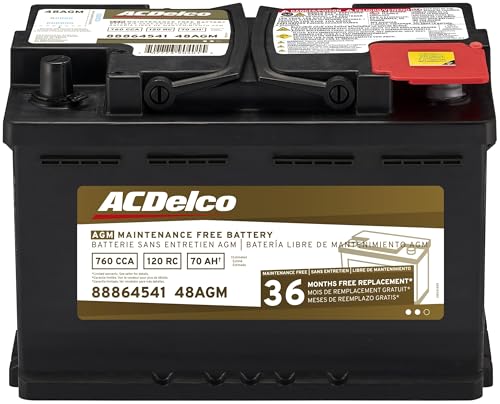



![ExpertPower 12v 33ah Rechargeable Deep Cycle Battery [EXP1233 ]](https://m.media-amazon.com/images/I/31eYTwHWf2L._SL500_.jpg)
1 thought on “Does Charging Your Phone In The Car Drain The Battery”